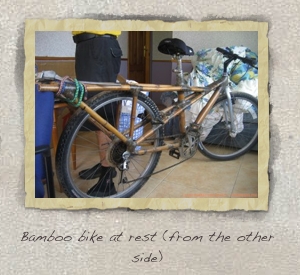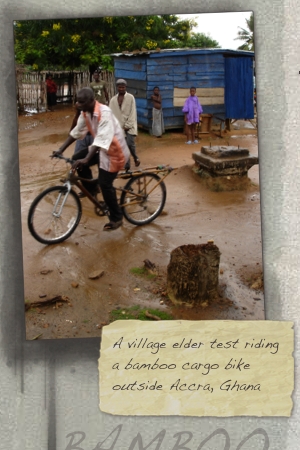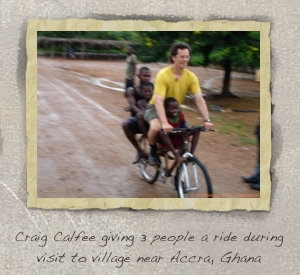We’re proud to announce a brand new design for AfriGadget! The old design was rather old and ugly, so thanks for putting up with it for the last 20 months. Actually, I think the reason that there are so many more RSS subscribers to AfriGadget than daily visitors can be attributed to how it looked… 🙂

2 New Things:
You’ll notice two buttons just beneath the header. We’re working on a number of items, two of which we’re ready to unveil.
The AfriGadget Grassroots Reporting Project
We’re intent on getting more AfriGadget contributors from all over Africa. Part of that plan is to find potential editors and set them up with a mobile phone with which to take pictures and do interviews. If you know someone that would make a good fit, let me know.
The AfriGadget Store (phase 1)
The first phase of the store is making some AfriGadget gear (t-shirts and mugs) available to everyone (hint: you can customize any design and select any type of shirt/color to put it on). The next step is to create a full-featured store with some of the items that are made by the entrepreneurs shown on AfriGadget. This would include products, as well as plans.
One of the big goals here is to create a service that doesn’t just publish interesting stories about African micro-entrepreneurs, though we do plan on continuing that, but to also explore ways that we can be a conduit back to those very same people. This redesign already has our future plans for dealing with entrepreneurs built into it. Part of that is the future phases of the AfriGadget store, but we’re also looking at ways to partner with others and encourage direct investment into worthy entrepreneurs businesses.
Look for more on that in a future update. Until then, we’re just happy we have some new stuff to show you!
If you find any errors, which I’m sure there will be some, please leave a comment or shoot me an email.
Lastly, a special thanks goes out to Jared for making this site look so good.







